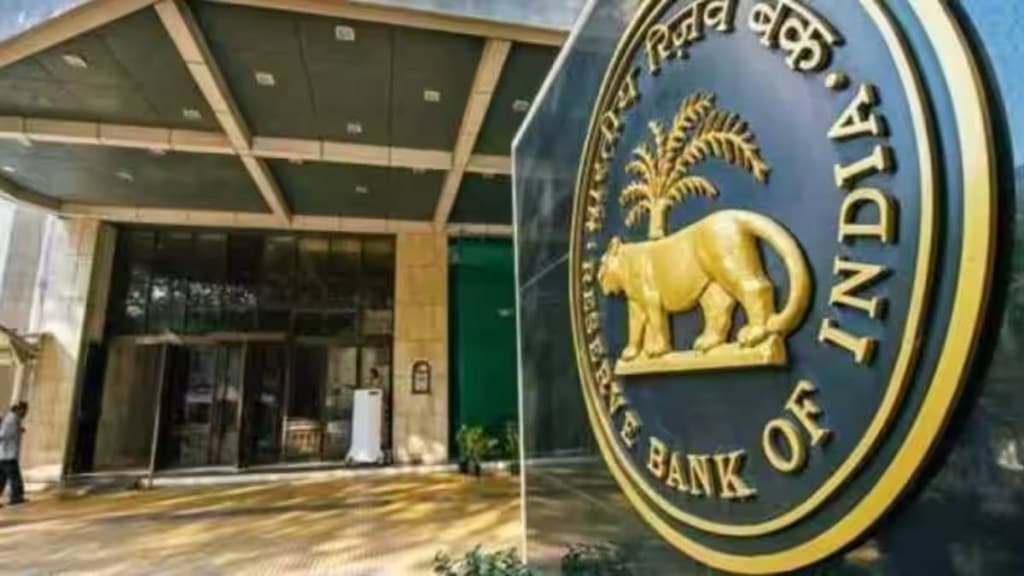By Madhavankutty G
Monetary policy is an eagerly awaited event. Bankers and bond traders would be glued to their screens with bated breath on policy days for any announcements on the repo rate. Even if there aren’t any explicit rate changes, the monetary policy statement would be analysed threadbare and read between the lines for possible interpretations of future actions.
We need to ponder whether this obsession with the repo rate is warranted. This is not to diminish its stature as a signalling tool, but the proclivity to view it as a major interest rate determinant. Just consider some events that unfolded in fiscal 2024. In November 2023, the central bank increased risk weights for select sectors except microfinance, gold, and housing, outrightly turning lending to these sectors dearer. Bank lending to NBFCs was also subjected to a higher risk weight as the central bank has been of late, calling this ‘over-exuberance’. The impact was immediate. Lending rates went up across the board and the cost of funds increased by a few basis points. All this while, the repo rate had not budged even a bit.
Banking system liquidity has been in deficit mode for most of the time, barring bouts of surplus conditions. While this is partly attributable to advance tax plus GST outflows and model code-induced pause in government spending, bank credit growth outpacing deposits in a sustained manner is the primary reason. In fiscal 2024, the gap was as wide as 4-5 per cent in all 12 months. An upward reset in term deposit rates hardly helps reverse the equation. This is because the behavioural attributes of our savers have undergone a transformation. Most of these changes are well understood but are worth a reiteration.
Also read: RBI MPC Meeting to begin next week: Check date, time and what to expect
First, net financial savings of households declined to a record low of 5.3 per cent of GDP as per the latest data available till FY23. This is due to rising household liabilities. There could be a slight uptick in the ratio in FY24 but it should still lag pre-pandemic trends. The retail credit boom fuelled by an aspirational young cohort, easier EMI schemes and credit cards drive this trend. This certainly has the regulator concerned due to possible over leverage but it has constrained banks from reducing deposit rates, lest they should fall short of funds to meet credit demand. By implication, when deposit rates stay high, banks can ill afford to reduce lending rates from a margin protection standpoint.
Second, bank deposits are fast losing sheen as an attractive option. Mutual fund assets have grown from Rs 1.1 lakh crore in fiscal 2004 to Rs 57 lakh crore in April 2024, a CAGR of 22.50 per cent compared with 13.8 per cent for bank deposits. Number of demat account holders has surged dramatically from 50 lakhs to 15 crore in the past two decades. It is no longer necessary to hold even traditional assets like gold in physical form as exchange-traded funds and bonds are available which preserve value while ensuring the benefits of an upside. Household physical savings in real estate and dwellings have also gone up significantly. As households hold 60% of our savings pie, a change in their composition can seriously impact the way interest rates are transmitted.
Finally, global developments exert significant influence as we are no longer decoupled. Geo-political tensions can increase logistics costs, which are already high for India, in turn feeding into inflation and interest rates. Then there are challenges posed by FPI flows causing an equivalent release of rupee liquidity, increasing money supply, and distorting interest rates. Last but not least, volumes in the repo window pale in comparison to overall banking system liabilities for repo rate to meaningfully influence the overall interest rate structure. The repo rate seems to have outlived its utility as an interest rate anchor as the economic environment has become quite dynamic and fluid these days.
(The author is the group chief economist at Manappuram Finance Limited. Views expressed are the author’s own and not necessarily those of financialexpress.com)
